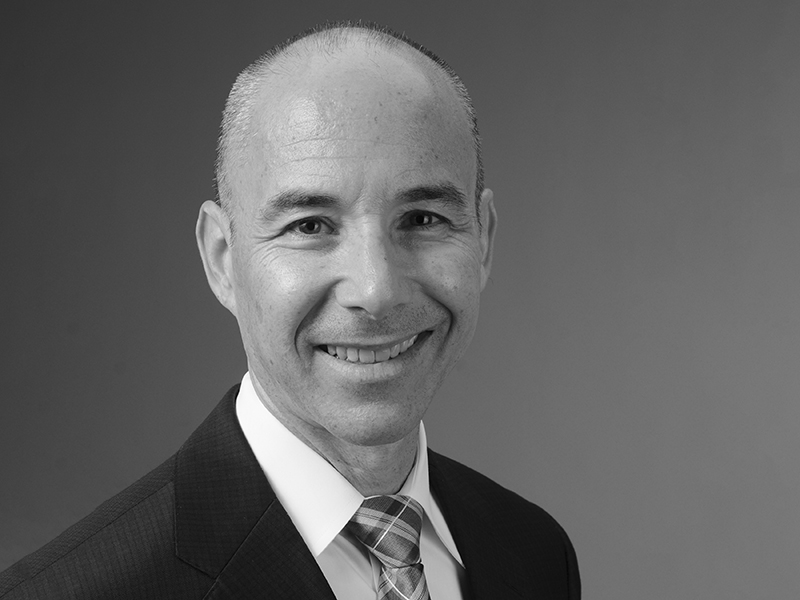Ben Bobrow, MD

Professor and Chair, Department of Emergency Medicine
John P. and Kathrine G. McGovern Distinguished Chair
Nancy, Clive and Pierce Runnells Distinguished Professor in Emergency Medicine
The Department of Emergency Medicine faced and overcame numerous unique challenges with COVID-19 as the frontline health care providers with the highest risk of exposure to the sickest COVID-19 patients.
Back in March 2020, there was a lot of fear and uncertainty. At the beginning of the pandemic, we held nightly UTHealth EM team calls and updates to optimize our internal communication and processes. Simultaneously, we had regular virtual meeting with emergency medicine experts in NYC and Seattle who already had real-world experience treating large numbers of critically ill COVID-19 patients. There was a lot of back and forth about what was safe practice, what were best PPE requirements, and how to triage and treat COVID-19 patient in the Emergency Department as recommendations were being formed. March 2020 was particularly challenging, taking care of all of our patients and ourselves with all of the uncertainty.
In the Emergency Departments of LBJ General Hospital and Memorial Hermann-Texas Medical Center, we set up a new COVID triage process, but initially it was difficult to identify COVID-19 patients due to issues with inadequate and unreliable testing. We transformed our pedi ED unit at Memorial Hermann and made it our ED COVID unit, and created a special COVID pod at LBJ, establishing designated infection-controlled areas to help minimize exposure of all emergency department patients and staff.
Even though there was a lot of fear at the start, our staff kept showing up for work. And while some medical specialties had to shut down during the pandemic, the emergency department was always open to take care of everyone and in fact was often busier than ever as patients had nowhere else to go for urgent medical needs. We received a lot of positive media coverage and articles about the essential nature of the emergency department, and the community showed its support, which was uplifting to our team. Hundreds of people wrote us heartfelt letters, and lots of companies showed up with food to feed the emergency personnel. We would often need to work our 8-plus hour shifts in full PPE, which is really warm, uncomfortable, and stressful – you can’t eat in that. So, it was really encouraging and heartwarming to have this community support.
As we were caring for patients, we also pivoted to trying to help find a cure for COVID-19 acute lung disease. We partnered with the Department of Anesthesia and rapidly got FDA approval to conduct a novel drug trial funded by the Department of Defense to test a new drug, Vadadustat, to prevent and improve acute lung injury from COVID-19. We have now enrolled 177 patients in this multi-center clinical trial, which uses UTHealth’s research. I’m really proud of that.
We have continued with our educational mission, creating an asynchronous module-based curriculum for our MS4 rotators and creating simulations of a hybrid in-person plus remote via WebEx to allow for a greater inclusion of medical students and residents.
Even though the media and community support has waned, our whole team still shows up every day and every night to take care of everyone in the community who has a medical emergency or simply needs help. As the safety net for the Houston community, we are honored to be ALWAYS open and ALWAYS ready. However, this continued pace does take a toll on people, some more than others. We have had virtual opportunities to focus on innovative team building, wellness, and even a “Quarantini-Quarantine with a Martini” happy hour to help us relax, reconnect with each other and ourselves, and recharge. And we will continue to focus on wellness and self-care as we work together. This has been an enormous year, but this team has shown incredible grit and resilience, and I am humbled to be part of this squad.
“Even though there was a lot of fear at the start, our staff kept showing up for work. And while some medical specialties had to shut down during the pandemic, the emergency department was always open to take care of everyone and in fact was often busier than ever as patients had nowhere else to go for urgent medical needs.”
